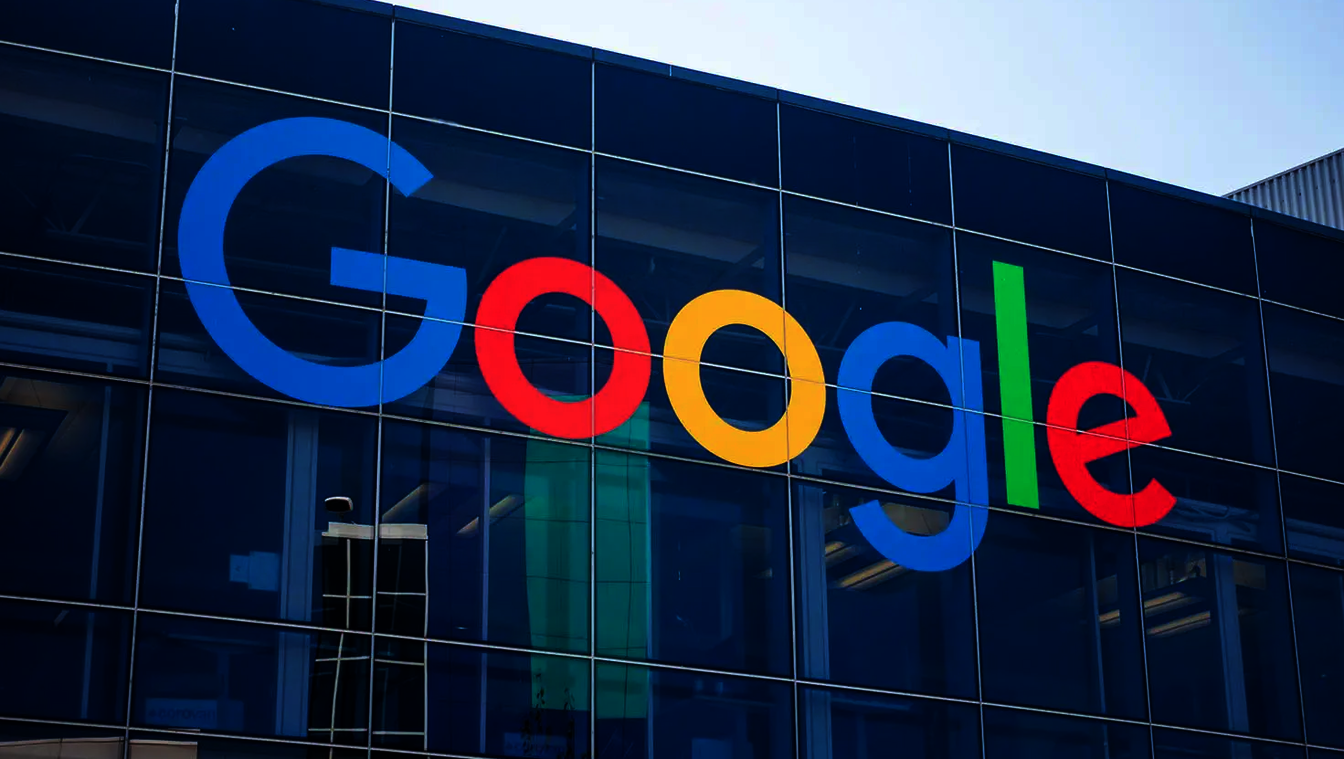Google is reportedly trying to upend the Dolby Vision and Dolby Atmos standards for HDR and surround sound with royalty-free alternatives.

The ambitious plan was shared at a closed-doors meeting with hardware makers earlier in the year, but it was only recently that a video of the presentation was leaked to Protocol, which first reported the plans.
“We realized that there are premium media experiences where there aren’t any great royalty-free solutions,” said Google group product manager Roshan Baliga in the video.
Baliga was referring to Doby Vision, a premium, dynamic HDR format that costs hardware makers around $1-$3 per device sold, and Dolby Atmos, which is an object-based 3D sound format. It’s not clear how much Dolby charges by way of Atmos licensing fees.
Google’s initiative to create royalty-free rivals of those standards is known internally as “Project Caviar”, and it’s said that the company is planning to leverage YouTube to try and get hardware makers on board. YouTube does not support either Dolby Vision or Dolby Atmos, and the standards have not really gained much traction at all among Android devices.
According to Protocol, Google will create its standards by making use of “existing codecs” and eventually establish an “umbrella brand” for both HDR10+ and 3D immersive audio that will be available to hardware makers for free.
Regarding those existing codecs, they’re likely to be the AV1 video codec that Google has supported aggressively, along with the free-to-use HDR10+ standard, which is an existing alternative to Dolby Vision.
As for the existing 3D audio codec, Google could well be tempted to use the royalty-free Multi Dimensional Audio, which is the foundation of Dolby Atmos rival DTS:X.
The advantage of using these codecs is that they exist already, meaning TV and phone makers would likely only need to make minimal changes to their tech to support them. In fact, the hardware probably already exists in most premium smart TVs, meaning a simple software update might be enough to add support for Google’s new standards.
A proper rival to Dolby Vision and Dolby Atmos could be a tempting option for some hardware makers, given that their licensing fees do make up a fairly substantial chunk of the total price of a cheap device such as a streaming stick. If hardware makers can avoid these fees and still offer high quality pictures and audio, they could well be tempted to embrace it.
That said, Google may have a tough challenge to win over consumers. Due to a lack of rivals, Dolby has successfully cemented itself as the standard for premium picture and sound quality, and it’s something a great deal of buyers look for when choosing a new TV set. What’s more, Dolby doesn’t charge licensing fees to streaming services, which has enabled its adoption by major services like Netflix, Apple TV, Disney+, Paramount Plus and others, as well as on Blu-ray discs.
Google will also need to convince those streaming service providers to adopt its new formats. Presumably, it will attempt to leverage its massive installed base of Android devices to try and persuade streamers to add support. The question here is, will Android users even care? People have already bought millions of Android devices that lack support for 3D audio, so it’s clearly not their first priority.
We should note that attempts to rival Dolby have largely been unsuccessful to date. The company’s biggest challenger is Samsung, which has refused to adopt Dolby Vision and instead embraced the HDR10+ standard. However, HDR10+ has nowhere near the same kind of traction among streaming services. What’s more, Samsung recently added support for Dolby Atmos on its newest 2022 TV sets, and many believe that could pave the way for it to adopt Dolby Vision on its next generation of TVs too.